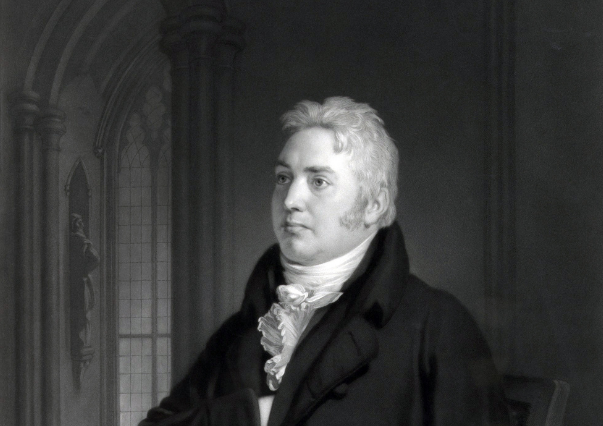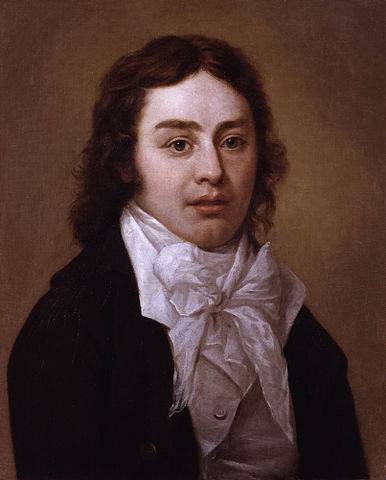Childhood and Schooling
Samuel Taylor Coleridge was the youngest among the ten children born of Reverend John-Coleridge, a clergyman and schoolmaster, and Ann Bowden Coleridge. Coleridge’s precocious intelligence went hand in hand with an enormous appetite for reading virtually from infancy. Sadly Mr. Samuel’s father died when he was nine years old; after that, little Samuel was placed into Charity School in London, known as Christ’s Hospital. Immersed very much within classical literature, philosophy, and poetry-the bedrock of intellectual curiosity in his lifetime.
He has always been brilliant; he was just too brilliant for the rigid university life. Early in his youth, when he found that he could not adjust very readily to the strict insipidity of the academic setup there, he learned to shrug off the weight of academics altogether. He was enlisted in the Royal Dragoons using a pseudonym of Silas Tomkyn Comberbache immediately. He stayed with them for a little while, and his brothers had him out. He went back to Cambridge, and he never earned the degree.
Birth of a Poet and Romantic Movement
Robert Southey met Coleridge in 1794. Two would-be aspirants conceived setting up a Pantisocracy in America-an idea most regrettably stillborn but which had meantime served to tie him closer to Southey and also brought him into the company of Sara Fricker, who became his wife in 1795. An unhappy marriage resulted, and Coleridge’s restless spirit often caused him to be emotionally distant.
Literary Success and the Birth of Romanticism
Before long, Coleridge’s literary career began to blossom in the late 1790s. By this time, he had become quite close to William Wordsworth, and together they published in 1798 what would become a landmark in the Romantic period-Lyrical Ballads. Such poems as The Rime of the Ancient Mariner from his earlier phase proudly manifest the utmost splendor in vivid imagery, supernatural themes, and lyrical beauty. Other masterpieces penned by him during these days include Kubla Khan and Christabel, which are ever famous for dreamlike quality and imaginative power.
Personal Struggles: Health Issues and Addiction
Even in the midst of his literary successes, there were challenges awaiting Coleridge with respect to his personal life and health. The truth remains that he has always been sick. Sickness fueled what he did to himself by taking opium so that he could temporarily forget the pain, but it turned out to be the start of something worse. He found himself a “captive” to his poor health. His marriage had gone wrong, and in his unfulfilled yearnings for Sara Hutchinson, sister to Wordsworth’s intended bride, there lay an additional thorn in his conscience. Addictions, financial problems, and a sense of creative inactivity weighed well upon him in later years.
He sought inquiries in Malta and Italy for this rejuvenation in health and his economy, becoming secretary to the British governor. But early diseases hung about the heart and the mind, and he returned again into England separated from his married wife, dependent on the charity of friends and patrons, chief among whom was the kindly Dr. James Gillman, with whom he spent the last 18 years of his life.
Later Years: Shift to Philosophy and Prose Writing
Coleridge was becoming more and more a writer of prose and a devotee\mad fellow of speculative philosophy in his latter years. His works, such as the Biographia Literaria (1817), as well as analyzing the nature of poetry, imagination, and man, created, henceforth, their very own reputation for him as a very deep thinker. He also conducted a series of influential lectures on literature and psychology, which the next generation of writers and intellectuals received with good attendance.
Legacy and Death
Samuel Taylor Coleridge died on 25th July in 1834, in Highgate, London, and gives a legacy that echoes even in the present time. His poetry is an exquisite part of English literature, symbolic and poignant. His description of imagination as a transforming force and his discussion regarding the cosmopolitan nature of interaction between nature and man have been the source of genesis for countless practitioners and thinkers.
Samuel Taylor Coleridge’s life narrated creative saga intermixed with human living complexities. His problems were gigantic, but his works have remained beyond physical life. These works are the quintessence of Romanticism that depict experience-shattering grandeur, enigmatical depth, and ceaseless struggle.


One Response
[…] Samuel Taylor Coleridge […]